When it comes to property investment, the number of investors choosing to invest in strata office investment, let alone commercial property, is too few and far between. Understandably, very few strata offices are available in the market today, leaving most investors less exposed to commercial property investments. Moreover, the perceived sizable investments involved with such investments serve as a deterrent, rendering commercial office investment out of reach for most people.
The golden question on everyone's mind - Is now the right time for commercial property investment? But before we determine if office space investment (and which type of office space) is the right investment, we need to understand how office space in the Greater Kuala Lumpur area has evolved over the years and how the property investment landscape has changed.
Traditionally, commercial property has always been considered to be the most "fundamental†investments. It is the preferred choice of big businesses and governments alike. Sovereign funds typically invest only in commercial properties.
Meanwhile, local and regional developers typically choose to retain ownership of their own products and commercial spaces (for example, malls and office buildings) and sell residential elements. This leaves limited opportunity for individuals to own commercial space. Commercial property is simply not traded as openly or within the reach of the individual investor.
Let's take a look at how it all started. Older Malaysians will remember the quintessential shophouses that defined the commercial property landscape in the 1960s and 70s - with dwellings on upper floors and business spaces on the lower floors. This was followed by the growth of the service and retail sectors in the 1980s and 90s, where buildings evolved to shop-offices, leading to the first-generation low-to-medium-rise office buildings. Most of these were commissioned and occupied by government organisations and Government Linked Companies (GLCs) before the eventual but rapid upgrade to basic corporate offices as the private sector blossomed.
The second-generation office towers soon emerged. Spires rose from the ground in greater numbers, heights and sophistication with each passing year during the 1990s and 2000s, mostly driven by large corporate ownership. This period also saw the enhancement of shop offices as demand for improved shopping and business environments soared, culminating in the construction of the landmark KLCC development and Petronas Twin Towers in the early 2000s. Our then Prime Minister, YAB Datuk Seri Dr Mahathir Mohamed, even put the brakes on office construction.
The years between 2006 and 2015 saw the boom of corporate offices with REITs entering the market and evolving further with signature corporate office high-rises, premium luxury residences and an explosion of trendy new malls and retail spaces, defining the new commercial property landscape. This period also saw the integrated township gaining much prominence as developers sought to create new markets and diversify to address the increasingly scarce and expensive land in prime KL CBD areas.
Moving Up the Investment Value Chain By nature, residential property is not meant to be speculated on. However, over the past 12 years in Malaysia, speculation has been rife. In many property markets, including Malaysia and Singapore, governments have had to step-in with cooling measures to stabilise the market. However, the commercial property market in Kuala Lumpur has witnessed rapid evolution, and there has never been a better time than now to seize the opportunity to enter and profit from it.
Compared to residential developments, there is an average of a 20% premium in development costs for commercial property of a similar grade, owing to additional considerations and features. A commercial property normally sits on a more prime location. This results in better value for investors as the developer has invested more into the building and marketing of the property, thus preserving and maximising its value over time. This generally creates more opportunities for investors to balance their portfolio with other residential investments.
In terms of value, an office investment is in between a retail shop and a residential investment. In a mature market, commercial office space is a better grade investment compared to residential properties. Investors normally generate a better yield and capital appreciation over time while also requiring less sizable investments compared to shops. There is also the view that office space in KL is oversupplied, which carries some truth although premium office space in prime areas is always in demand. In Mont Kiara, for example, office occupancy rates fluctuate between 80 to 90% at any given time.
By tapping into the better corporate tenant profiles that come with commercial investments, investors can achieve more stable long-term returns in a development that can only improve over time.
Strongly backed by Government Initiatives The PEMANDU Blueprint for 2010-2020 has increased focus on the services sector with SMEs driving a new knowledge-based economy. As such, the services sector is poised to increase its contribution to Malaysia's GDP from 55% to 75%. Achieving a true knowledge-based economy would require a convergence of local and global communities and expertise coupled with strong entrepreneurial spirit and strong foreign direct investment (this is perhaps why MITI remains one of the few ministries located outside Putrajaya and in the heartbeat of business tourism at KL Metropolis).
In line with this shift, 80% of new graduates entering the workforce today are degree-holders with different needs and outlook on working culture. The changing landscape of work environments and practices have resulted in a shift away from the traditional office space, with shop offices evolving to encompass more sophisticated shop-retail, leisure and commercial spaces and the increasingly popular shared workspace concept.
The New Business Class and the Gen-Y and Millennials Factor As the commercial property market became more sophisticated, it became even more inaccessible to many individual investors. The changing and evolving needs of a whole new generation of Malaysians were perhaps not being met as well as they could be.
Since the last big commercial building boom 12 years ago, it can be said that the residential sector has been better at keeping up with emerging trends. For example, the SOHO/SOVO/small residential studio market really took off to cater to younger investors and first-time homeowners.
Looking into the future, it is clear that pent-up demand for long-overdue upgraded office spaces that meet the needs of the new Gen-Y and Millennial buyers is imminent. Strata office space caters to this new impending lifestyle for a future generation.
Many developers, such as Sunrise Bhd and UOA, have been widely credited with popularising the early strata office building concept, starting a movement which pointed to a not-too-distant future where office space investment is within the reach of individual investors, although major corporations and large investors still dominate this market.
The evolution of office space during the baby boomer times catered more for the big corporations, rendering them more expensive and aspirational in nature, while not as suitable for smaller businesses. The tides are turning, though, and we are now defining the modern office space that caters to the needs of the new generation, SMEs and the millennials.
The time has come for commercial spaces to meet this growing need, to meet tomorrow's workplace needs today.
_PH_Banner_(Desktop)(1200x180px).png)
.jpeg)

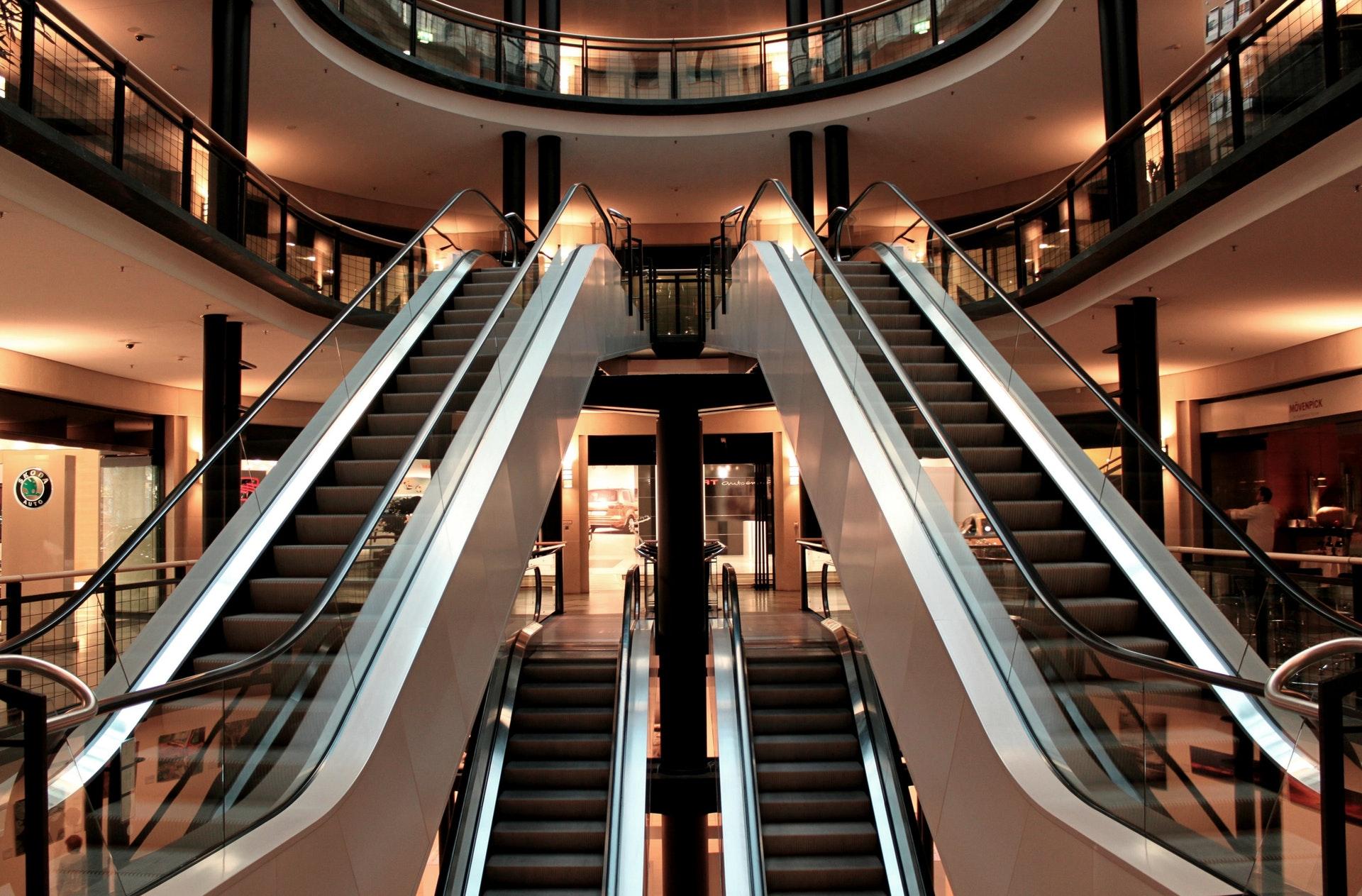
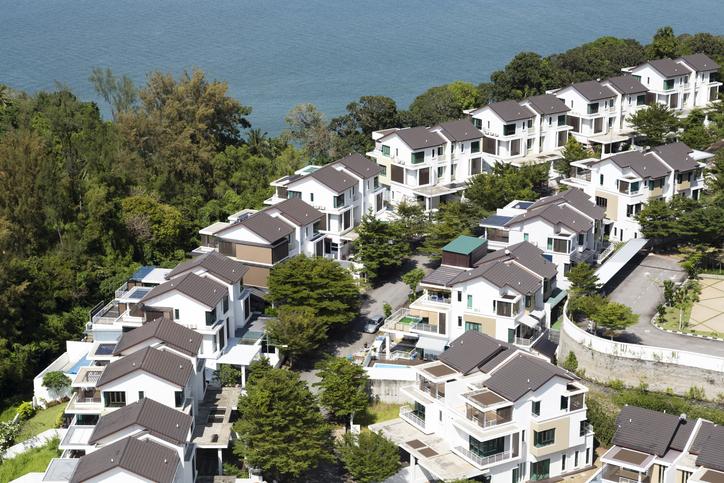
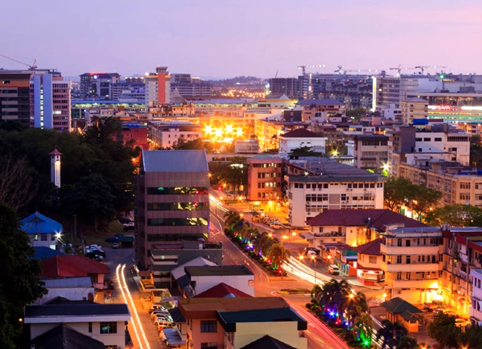
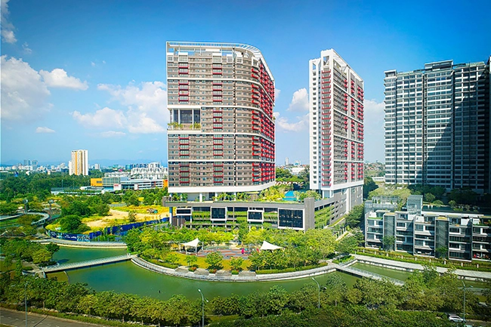
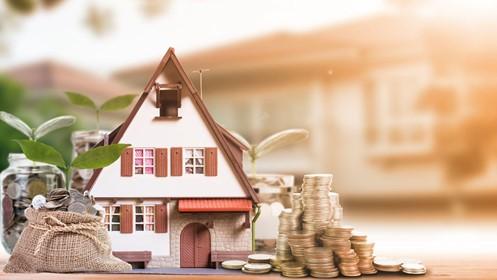
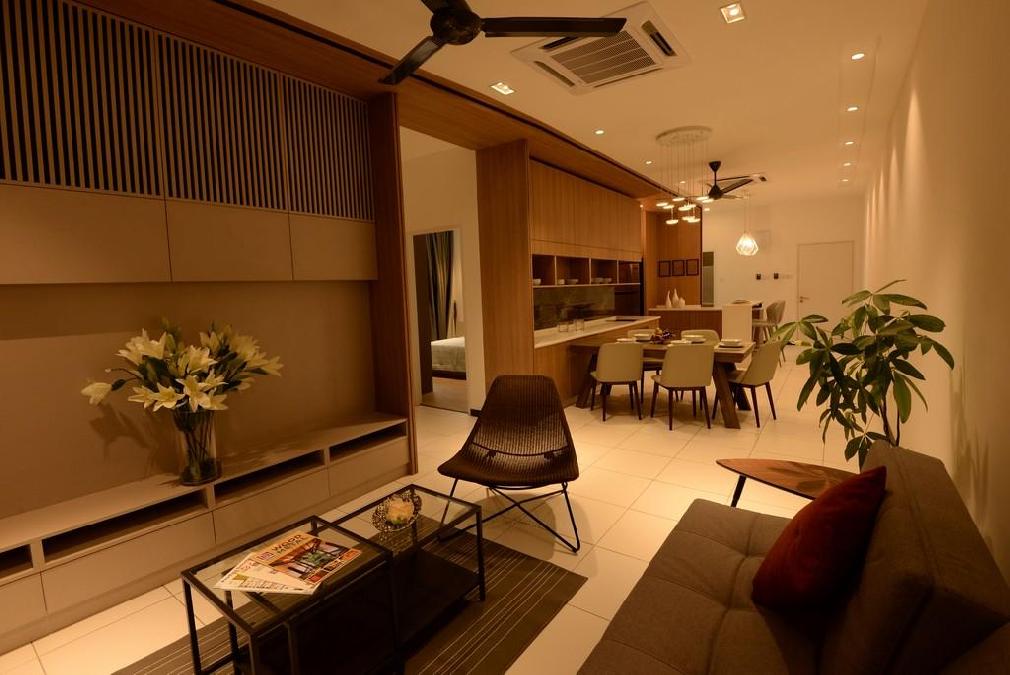


.jpeg)

